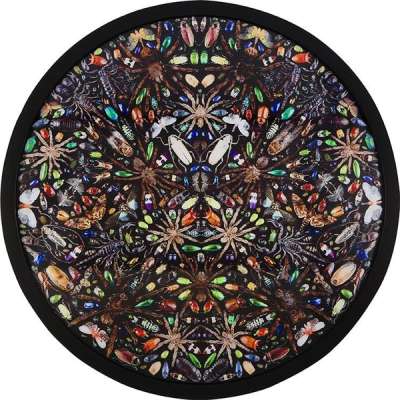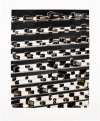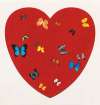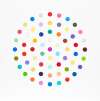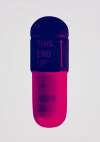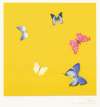Entomology
Works
Damien Hirst’s Entomology Works (2016) riff on his butterfly paintings, meticulously arranging an array of insects into kaleidoscopic compositions. That they are lenticular prints creates the dramatic 3-dimensional illusion that the insects float, suspended above the surface. Insects are a recurrent motif in Hirst’s work, embodying the fragility of life.
Damien Hirst Entomology Works For sale
Entomology Works Market value
Auction Results
| Artwork | Auction Date | Auction House | Return to Seller | Hammer Price | Buyer Paid |
|---|---|---|---|---|---|
 Phlegyas Damien Hirst Signed Print | 25 Oct 2024 | Phillips London | £3,783 | £4,450 | £6,000 |
Sell Your Art
with Us
with Us
Join Our Network of Collectors. Buy, Sell and Track Demand
Meaning & Analysis
Not just an example of his creation of kaleidoscopic patterns, Hirst’s 2016 Entomology Works contain a meticulously arranged selection of insects.
The lenticular prints in the Entomology Works collection are digital prints on PETG plastic which depict delicate arrangements of insects in a square or circular shape with a thick black border. The prints in the series are each named after phases and characters in Dante Alighieri’s The Divine Comedy, a long Italian narrative poem from the 12th century.
The prints in the Entomology Works collection were made using the advanced lenticular printing technique. The technique creates an illusion of depth, and, as a result, makes the insects stand out from the print, appearing to be multi-dimensional. The prints demand the viewer to look closely at the mesmerising patterns to detect the various different creatures that make up the large shape. The prints in the series are extremely colourful and captivating as the insects Hirst uses are all different shapes, sizes and colours. While insects conventionally carry negative associations, by using them to produce spectacular art, Hirst makes the viewer question these misconceptions and appreciate the natural beauty of the insects. Hirst in fact, thought insects were extremely beautiful, arguing that they retained an iridescent beauty, even in death.
Insects have become a recurrent motif in Hirst’s visual language and frequently feature in his artworks, such as the Kaleidoscope Paintings which are composed of hundreds of butterflies. Hirst’s interest in insects stems from the way they retain the appearance of life, even when they are dead. Hirst’s artworks often explore the relationship between life and death and, for him, insects embody the fragility of life.

